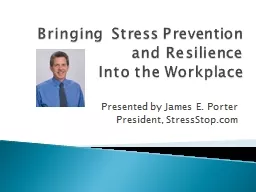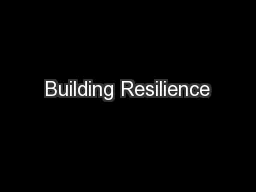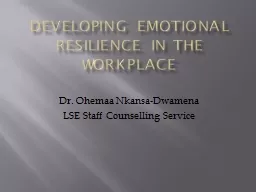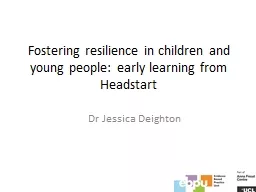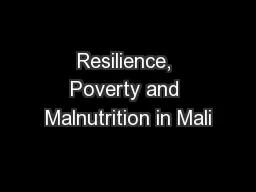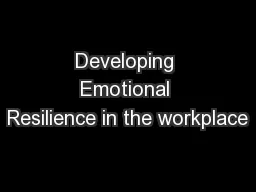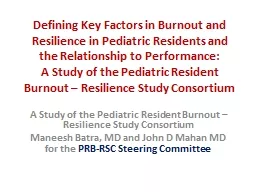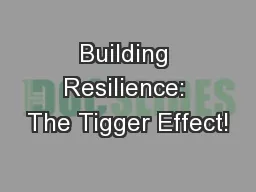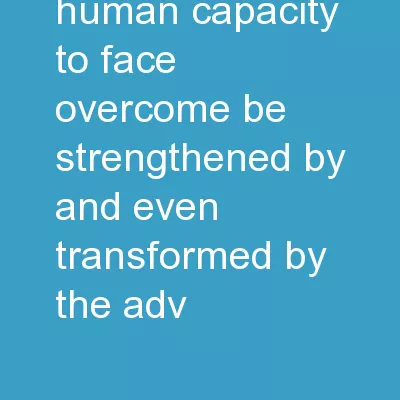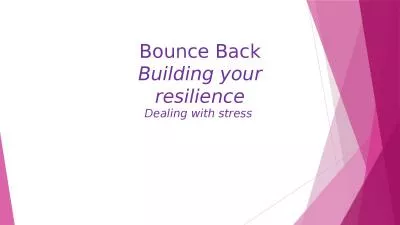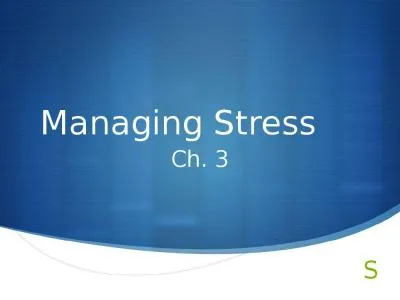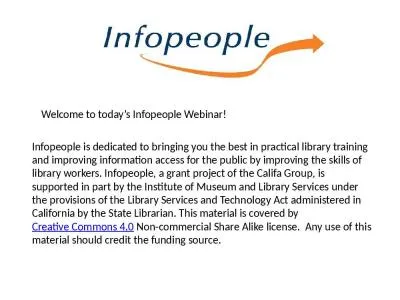PPT-Bringing Stress Prevention and Resilience
Author : yoshiko-marsland | Published Date : 2018-03-17
Into the Workplace Presented by James E Porter President StressStopcom Stress in the workplace facts and figures Obstacles to overcome Teaching stress management
Presentation Embed Code
Download Presentation
Download Presentation The PPT/PDF document "Bringing Stress Prevention and Resilien..." is the property of its rightful owner. Permission is granted to download and print the materials on this website for personal, non-commercial use only, and to display it on your personal computer provided you do not modify the materials and that you retain all copyright notices contained in the materials. By downloading content from our website, you accept the terms of this agreement.
Bringing Stress Prevention and Resilience: Transcript
Download Rules Of Document
"Bringing Stress Prevention and Resilience"The content belongs to its owner. You may download and print it for personal use, without modification, and keep all copyright notices. By downloading, you agree to these terms.
Related Documents

